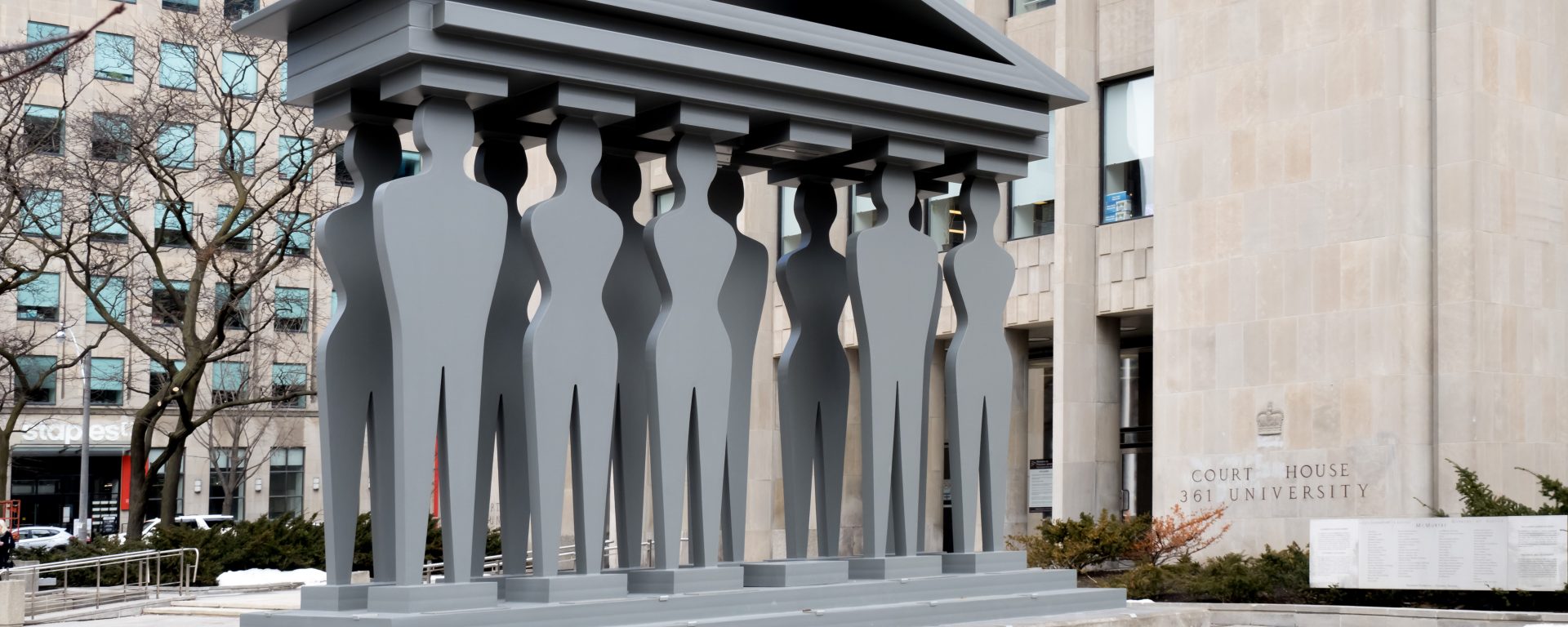It is a common observation that there is no such thing as a short murder trial any longer. Not long ago there were murder trials that took just a few days. Causes of this dramatic increase in trial length abound: the time required to assess Charter issues; the volume and complexity of forensic evidence; the sheer abundance of evidence available through modern life.
R. v. Hanan offers some insights. It would appear to have been a simple case involving a shooting and a self-defence issue that raised few if any procedural issues.
The facts relating to delay appear pedestrian and involve the usual jockeying around disclosure, availability of counsel, changes of defence counsel and a shared responsibility for the delay to trial. Interestingly the Crown chose not to agree to a bench trial to avoid delay apparently privileging the form of trial over the risk of incurring a stay of proceedings due to delay.
On December 23, 2015, Mr. Hanan shot and killed Mr. Guzhavin and shot and paralyzed Mr. Henriquez. This took place on the driveway at Mr. Hanan’s house and the altercation became violent. Mr. Hanan’s story is that he wrestled a gun from Mr. Guzhavin and blindly shot both Mr. Guzhavin and Mr. Henriquez in self-defence and in defence of his family. According to Mr. Henriquez, however, Mr. Hanan turned on Mr. Guzhavin and Mr. Henriquez and shot Mr. Henriquez as he was fleeing from Mr. Hanan. Although the police carried out their investigation, the fact of the case is that only Mr. Hanan and Mr. Henriquez have direct visual evidence of the altercation. Mr. Henriquez subsequently refused to testify and so there is likely — as is often the case — a back story to the driveway shooting.
A number of the usual procedural grumblings occurred until on July 8, 2016, the Supreme Court released its decision on R. v. Jordan. Up to this time, the Hanan case had been operating under the ineffective Morin framework. Now it had to catch up to the new and less forgiving Jordan framework. The preliminary hearing was intended to be set for March, 2017 but this too was adjourned until October 31 which finally concluded on December 4, 2017. Mr. Hanan was committed for trial on second degree murder, attempted murder, and the firearms charges.
But then the trial had to happen – and soon. It had to happen within the time allowed by the new Jordan ceiling of thirty months. The Defence and the Crown agreed that eight months of the delay had been the cause of the defence. This was subtracted from the thirty-month ceiling and the ceiling was to be reached by February 24, 2019. The six-week jury trial was then scheduled to begin on November 5, 2018.
The Crown suddenly ran into two problems regarding the evidence they were planning on using during the trial. Not only did Mr. Henriquez refuse to testify, but they were not able to obtain the warrant in time to use the evidence on Mr. Hanan’s cell phone. The defence suggested that the Crown re-elect in order to avoid further adjournments. They then requested an adjournment when the Crown did not re-elect and the trial was knocked back past the Jordan ceiling by eight months to October 28, 2019. Mr. Hanan brought forth a s. 11(b) application (right to be tried within a reasonable time) but it was dismissed by the trial judge. The trial commenced on October 28 and concluded on November 28, 2019.
Was the trial judge justified in dismissing Mr. Hanan’s s. 11(b) application? On the one hand, the judge rejected the Crown’s claim that the content of the case was exceptional and therefore required more time. It was another “classic self-defence murder case.” Furthermore, the Crown should have foreseen that they may not get the evidence on Mr. Hanan’s phone or the testimony of Mr. Henriquez. However, as argued before, the defence did not need to continuously adjourn the pre-trial on the basis of waiting for further disclosure. Though the Crown did not actively cause the delay, and they were sloppy in dealing with the curveballs that came their way, the gratuitous delay could have been avoided if the defence heeded the warnings of the Crown regarding the delay. Perhaps, the pre-trial date could have been set and changed later if there wasn’t sufficient evidence.
The issue of undue delay operated here to turn a “classic self-defence murder case” into an inquiry about the legitimacy about the case itself. The Supreme Court has signalled that the managerial approach which enforces a general deadline is not going to be changed. The public interest is likely low here as the combatants appear to have been involved in the criminal world. The incentives for the defence to wait for the Crown to mess up are high but there is nothing inherently unfair in that. The policy in favour of jury trials in murder cases applied here seems quixotic: do we really think the public requires a jury trial to decide this case? Is the undercurrent here the Crown was depending on a jury applying its robust common-sense and failing to apply a rigorously judicial approach to the Crown’s case?
By giving the Crown a deadline and enforcing it the Supreme Court has necessarily sent a signal that other values such as the choice of counsel and the form of trial, will need to surrender to the need to get a trial done. Here nothing seems to have prevented a timely trial except the usual contingencies of handling a case: hopefully as matters settle all the various goals of the system can be achieved within a timely framework.
